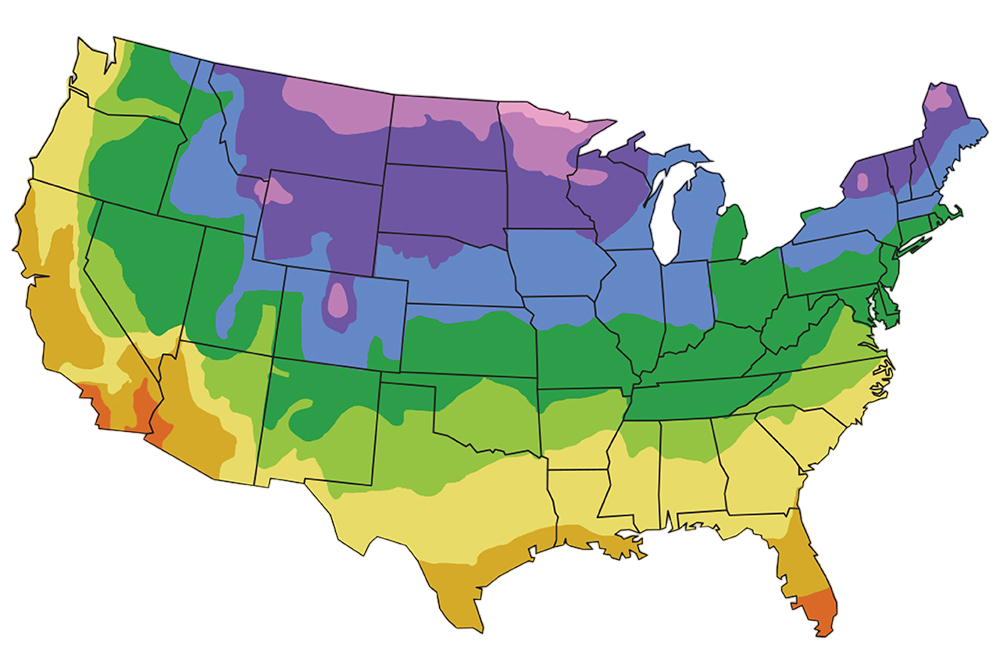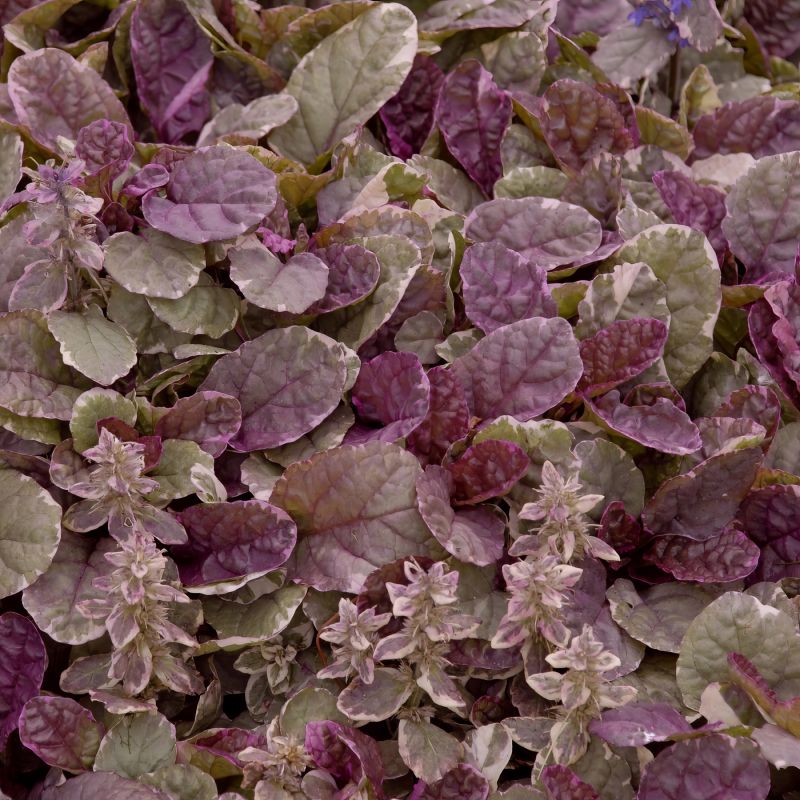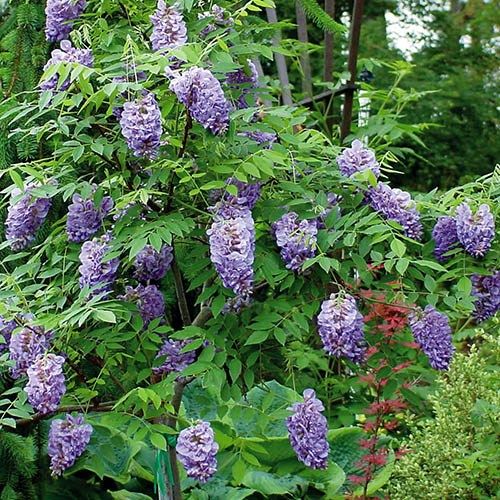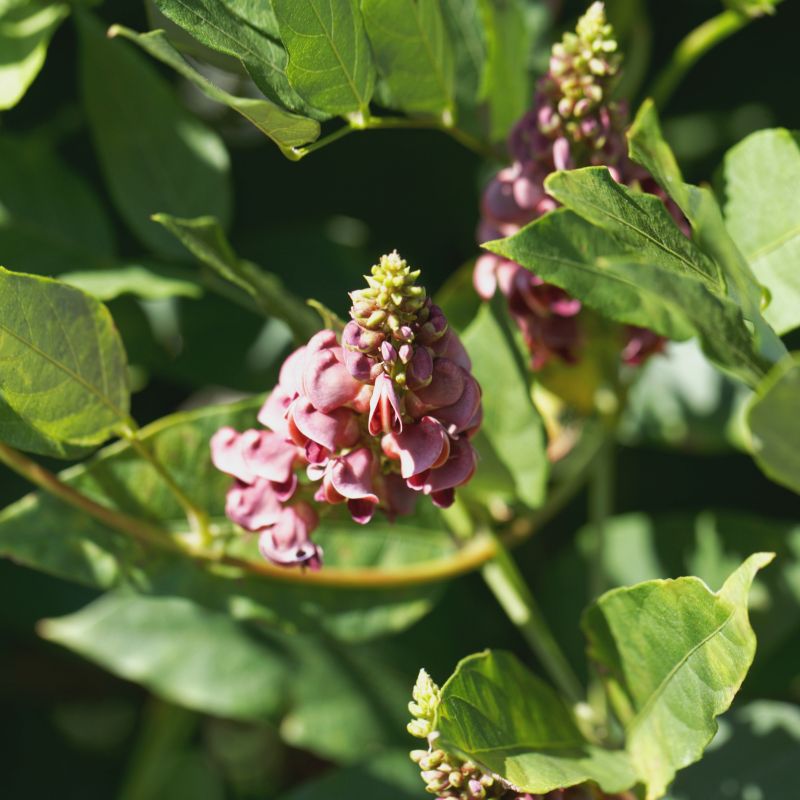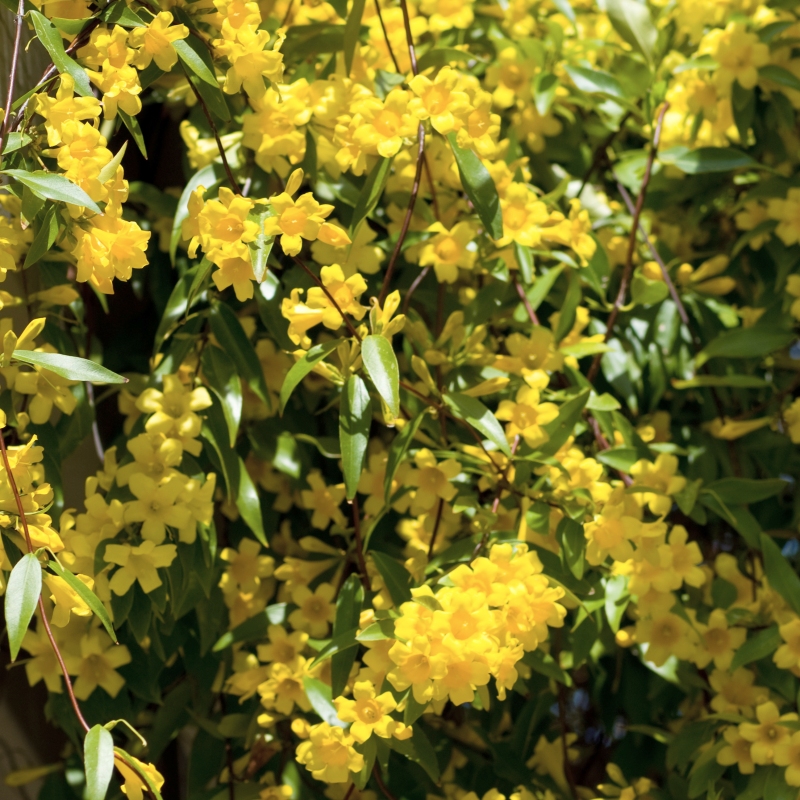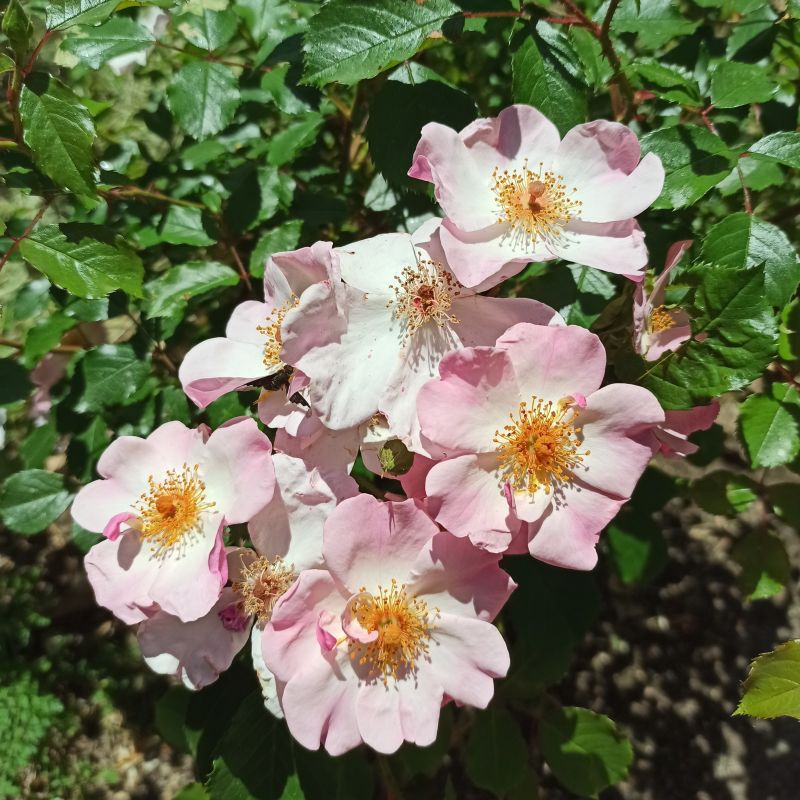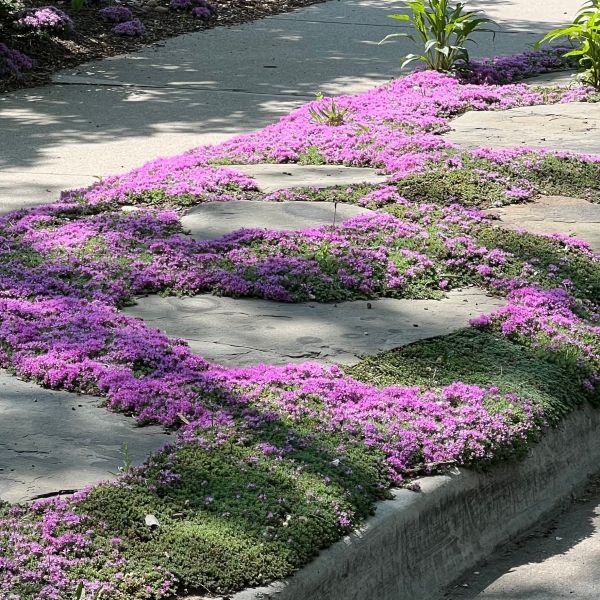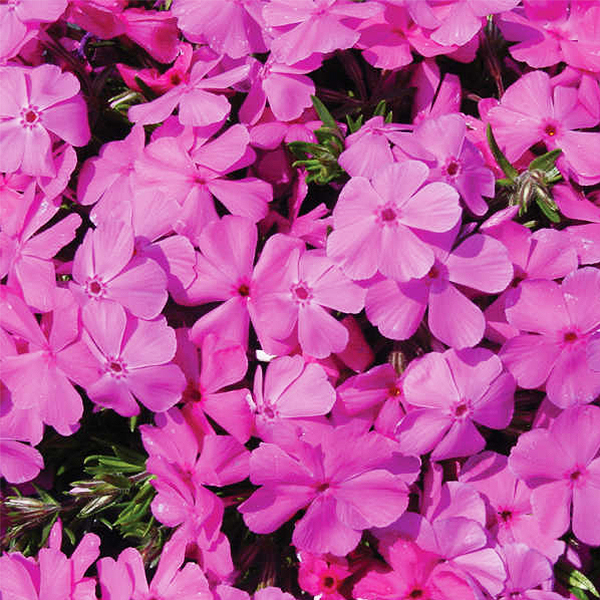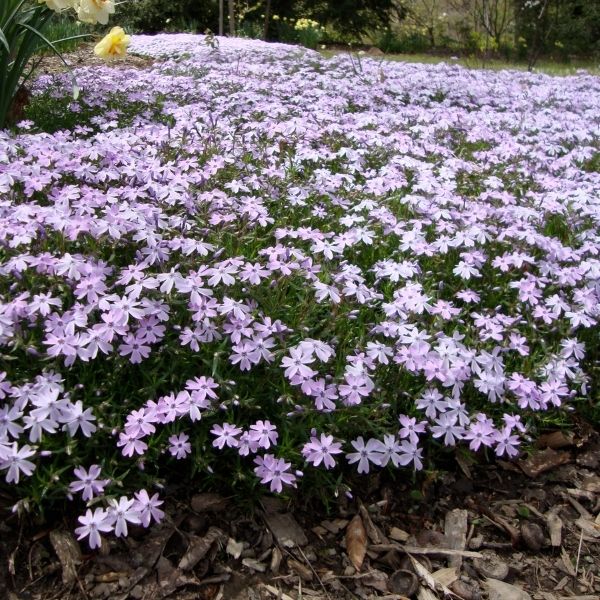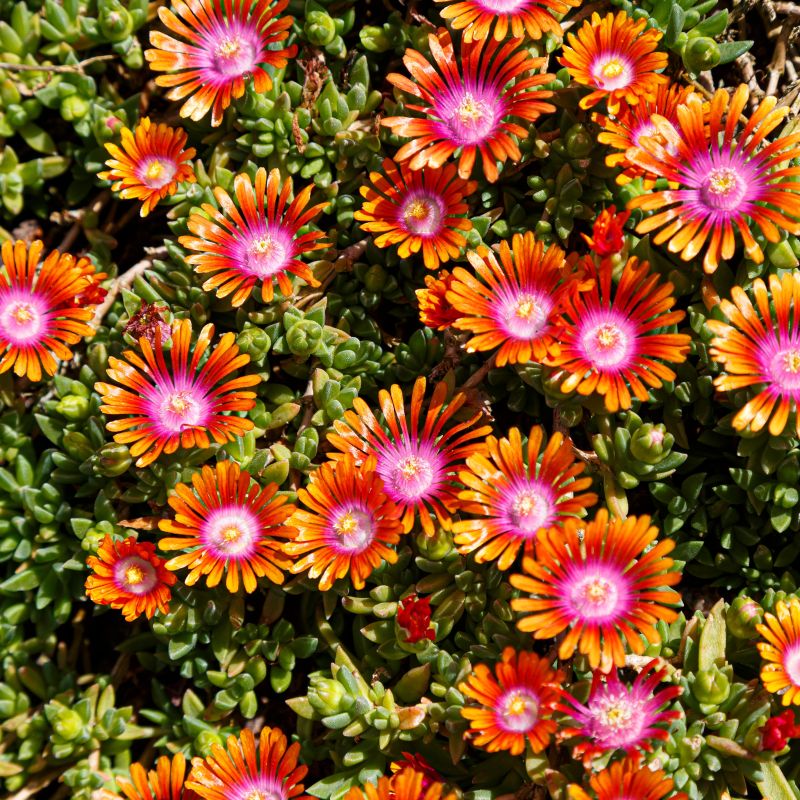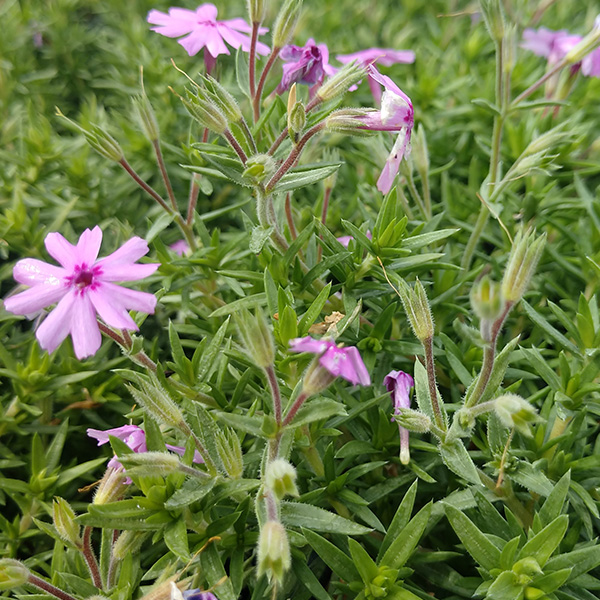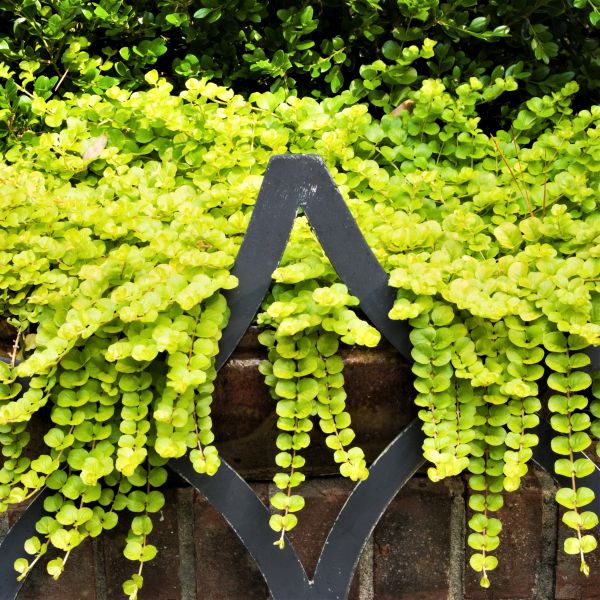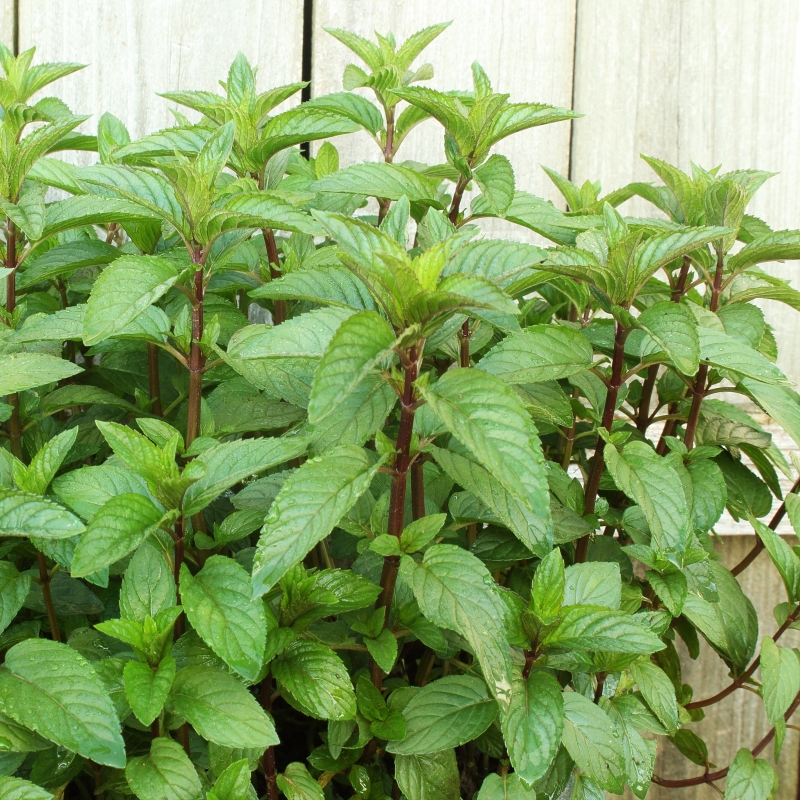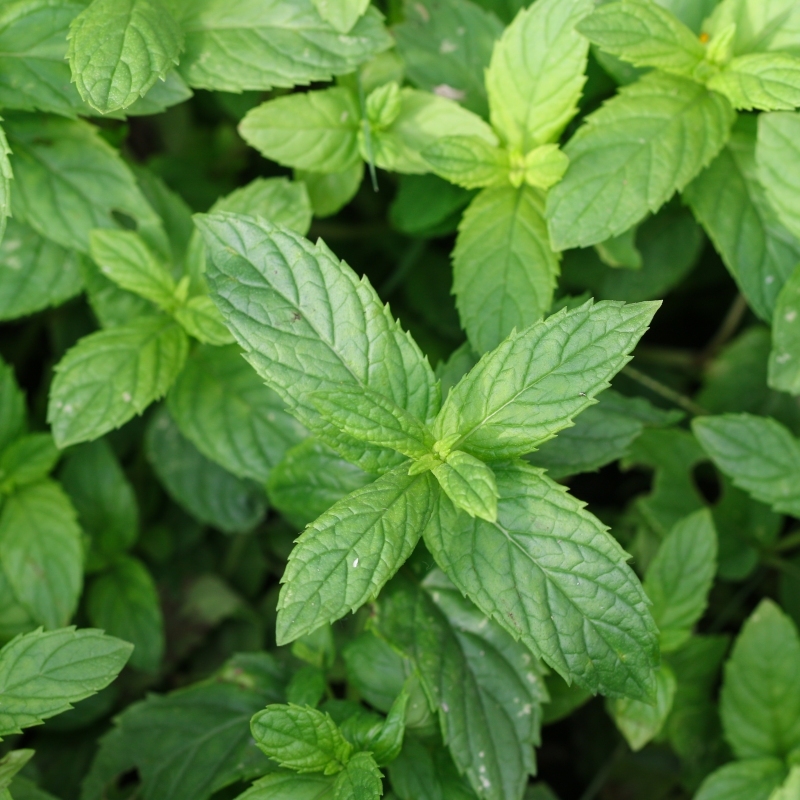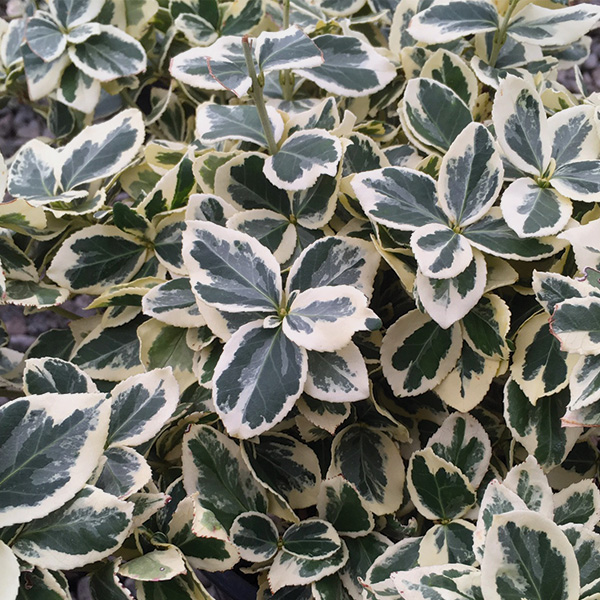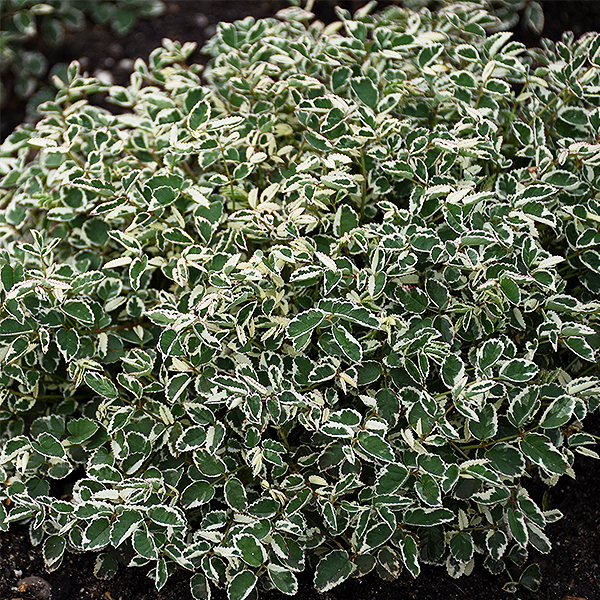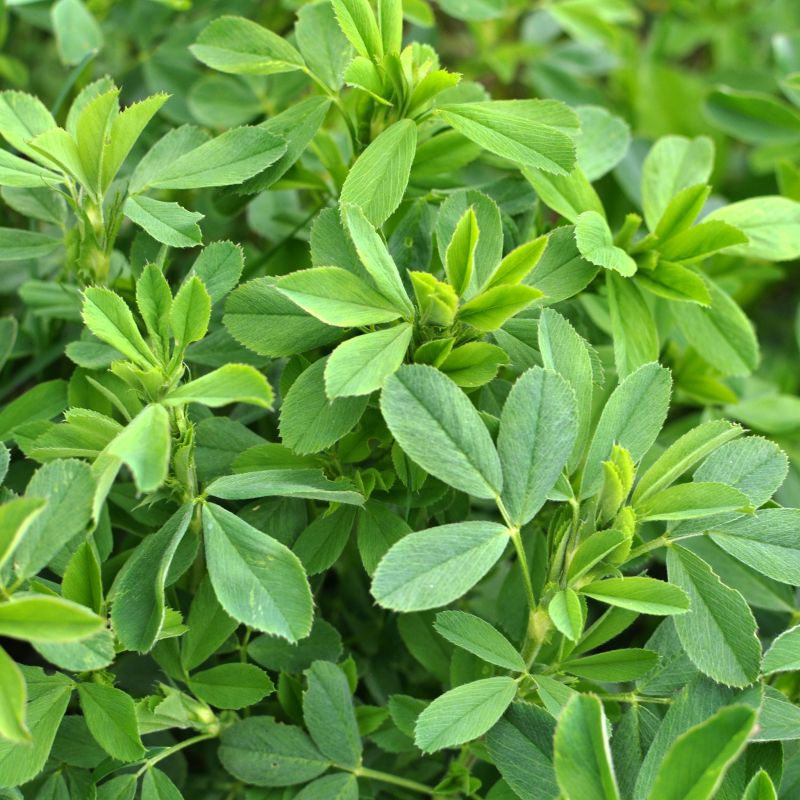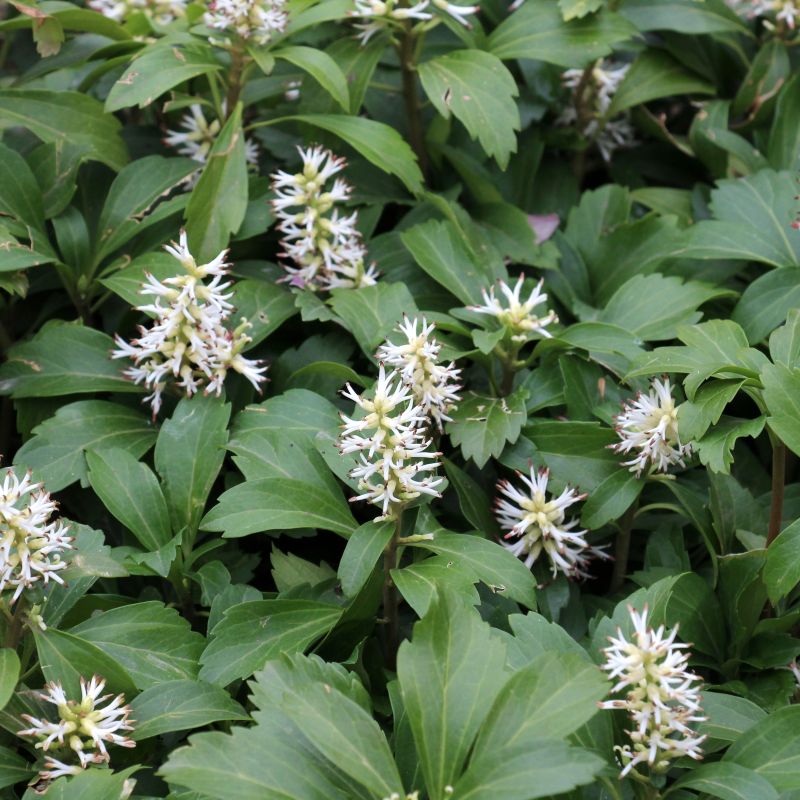
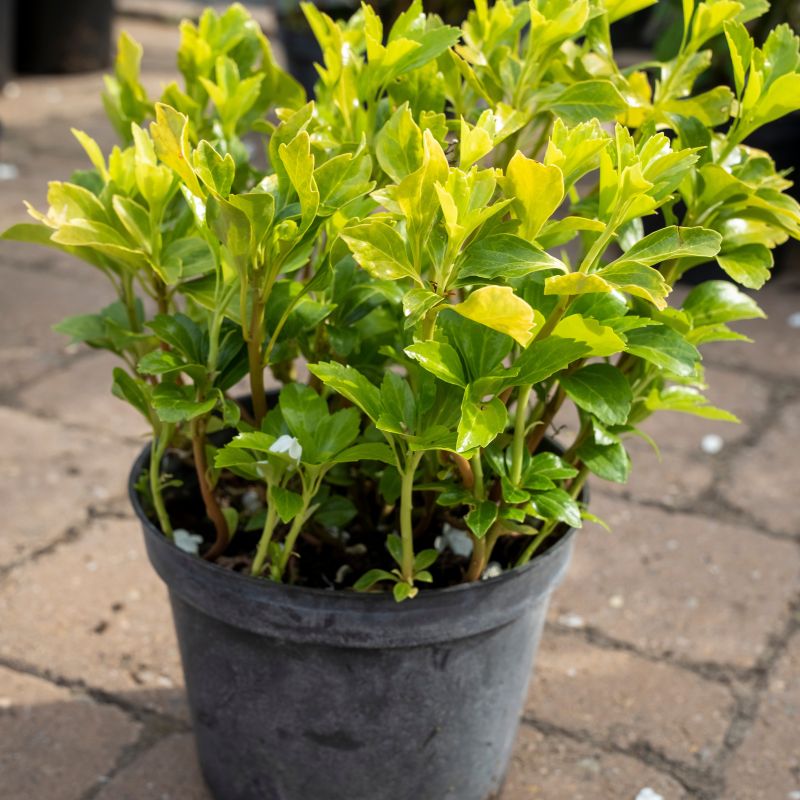
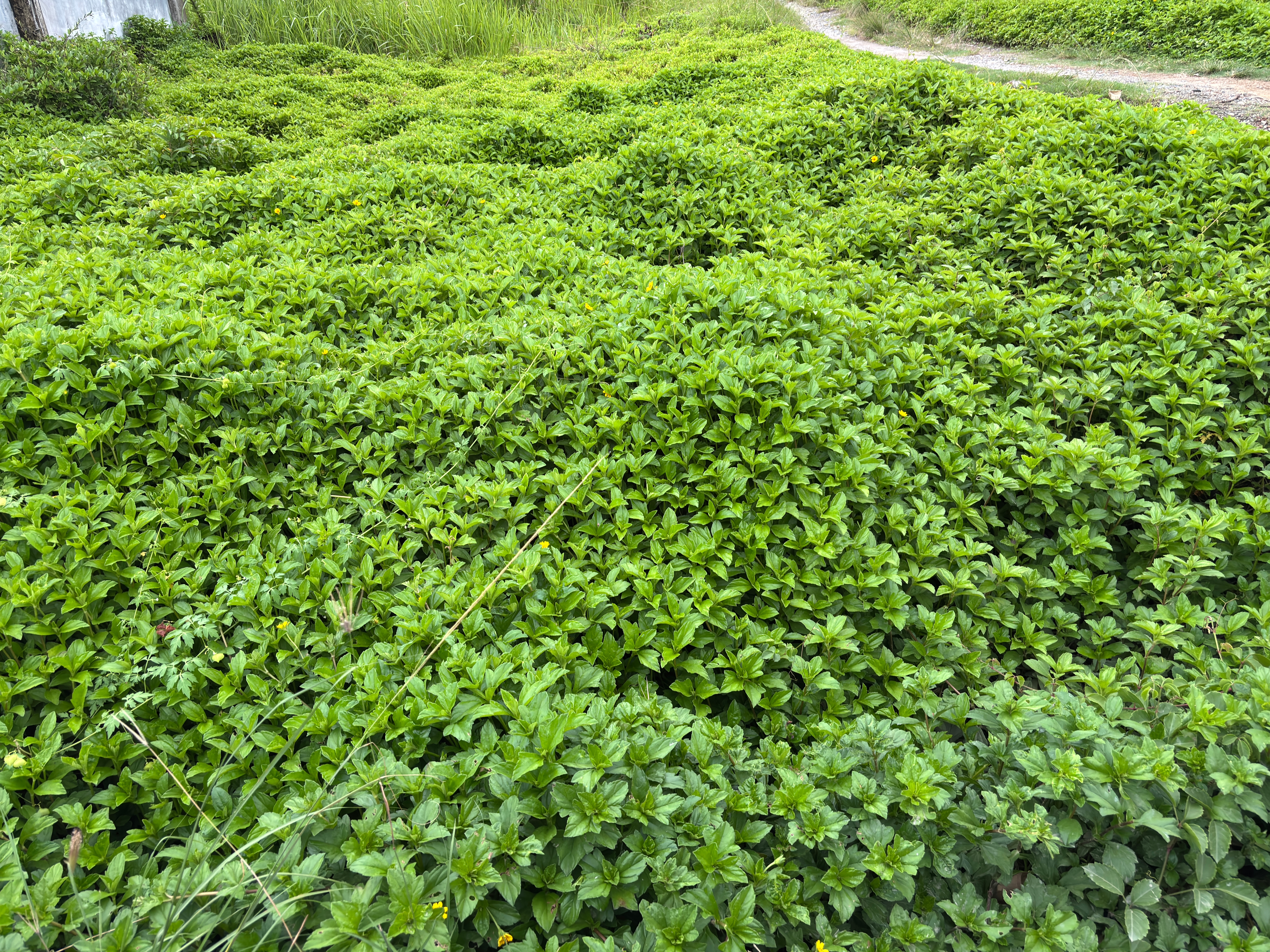
Japanese Spurge
Pachysandra terminalis
11 reviews
Japanese Spurge
Pachysandra terminalis
11 reviews
Premium 1 Gallon
We are sorry, product is currently out of stock due to seasonal availability. Please check the "Related plants available in your area" section below
Not just beautiful - intentionally selected by ShrubHub's 3D landscape design team to fit real-world spaces and maximize yard potential.
Why Japanese Spurge?
Japanese Spurge (Pachysandra terminalis) is a popular groundcover option for shaded areas in gardens due to its ability to thrive in low light conditions. With its glossy, dark green leaves and white, star-shaped flowers in the spring, it adds a touch of beauty to any landscape. This plant is also known for its low maintenance requirements, making it a favorite among gardeners.
Related plants available in your area
Sunlight
Japanese Spurge (Pachysandra terminalis) prefers partial to full shade conditions and can also tolerate some sun as long as it is not intense. It is not recommended to place it in direct sunlight for extended periods as it may scorch the leaves.
Watering
Japanese Spurge prefers consistently moist soil, but not waterlogged. Water regularly, especially during hot and dry periods. Ensure soil is well-draining to prevent root rot. Mulch around the base to help retain soil moisture. Avoid overwatering as this c
Fertilizing
Japanese Spurge, also known as Pachysandra terminalis, benefits from a balanced fertilizer with a higher potassium content. A slow-release fertilizer in the spring will help promote healthy growth and blooming. Avoid high-nitrogen fertilizers as they can p
Japanese Spurge (Pachysandra terminalis)
Japanese Spurge, scientifically known as Pachysandra terminalis, is a species of evergreen perennial native to Japan and China. It is a low-growing ground cover plant that is prized for its glossy, dark green leaves and attractive white flowers that bloom in spring.
This plant is perfect for shaded areas of the garden where other plants struggle to grow. It thrives in moist, well-drained soil and prefers partial to full shade. Japanese Spurge is deer-resistant and low-maintenance, making it a popular choice for gardeners looking to add greenery to shady spots.
When planted in mass, Japanese Spurge creates a lush carpet of foliage that helps to suppress weeds and provide a beautiful backdrop for other plants in the garden. It is also suitable for use as a border plant or edging along pathways.
Overall, Japanese Spurge is a versatile and attractive plant that adds texture and color to any garden with its dense growth and distinctive foliage.
Plant Information:
| Botanical Name: | Pachysandra terminalis |
| USDA Zones: | 4 - 8 |
| Exposure: | Full Shade |
| Soil Needs: | Widely Adaptable |
| Mature Height: | 6 - 12 inches |
| Mature Spread: | 12 - 18 inches |
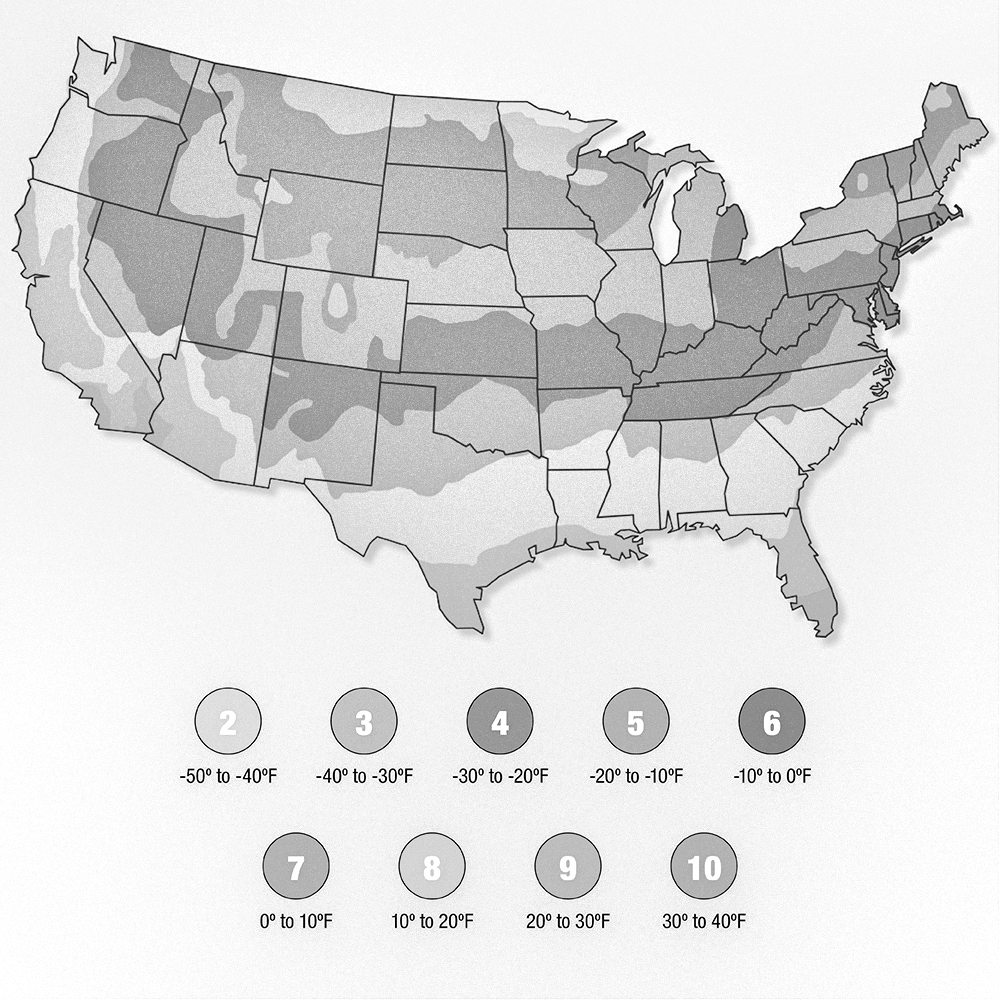
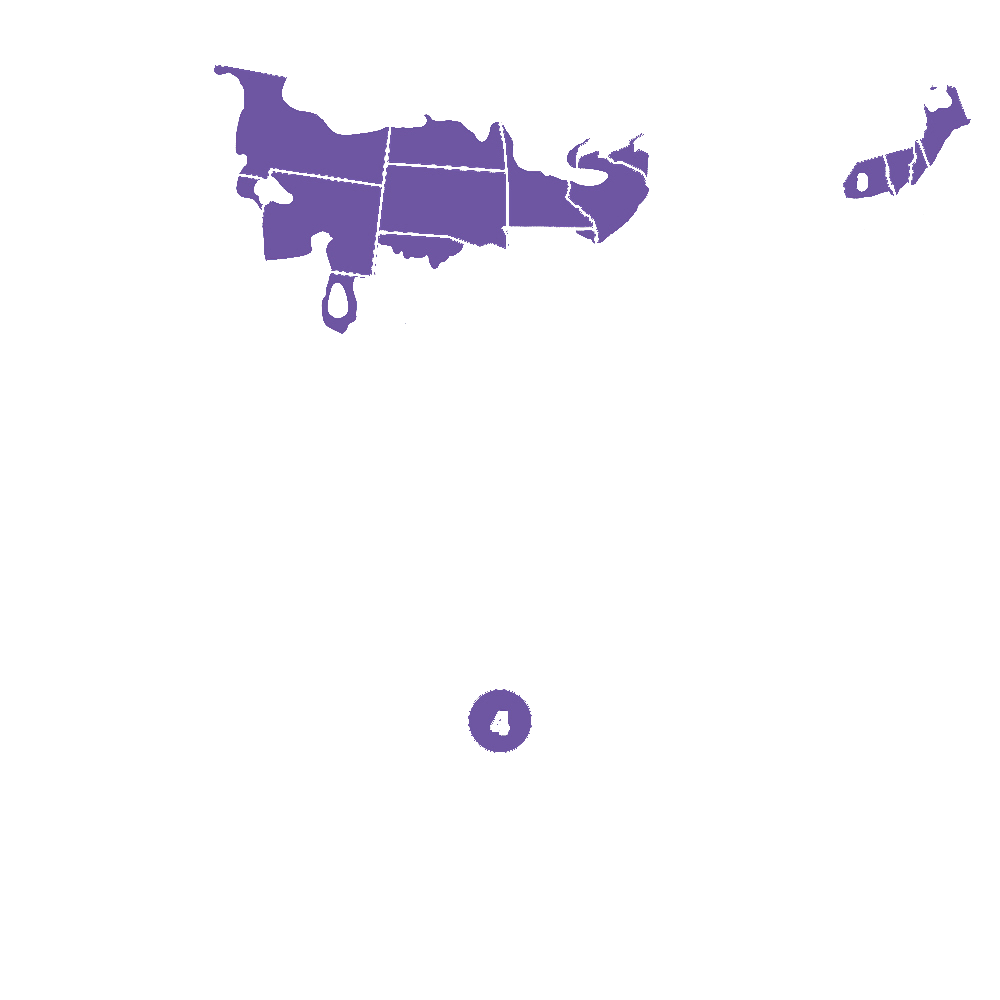
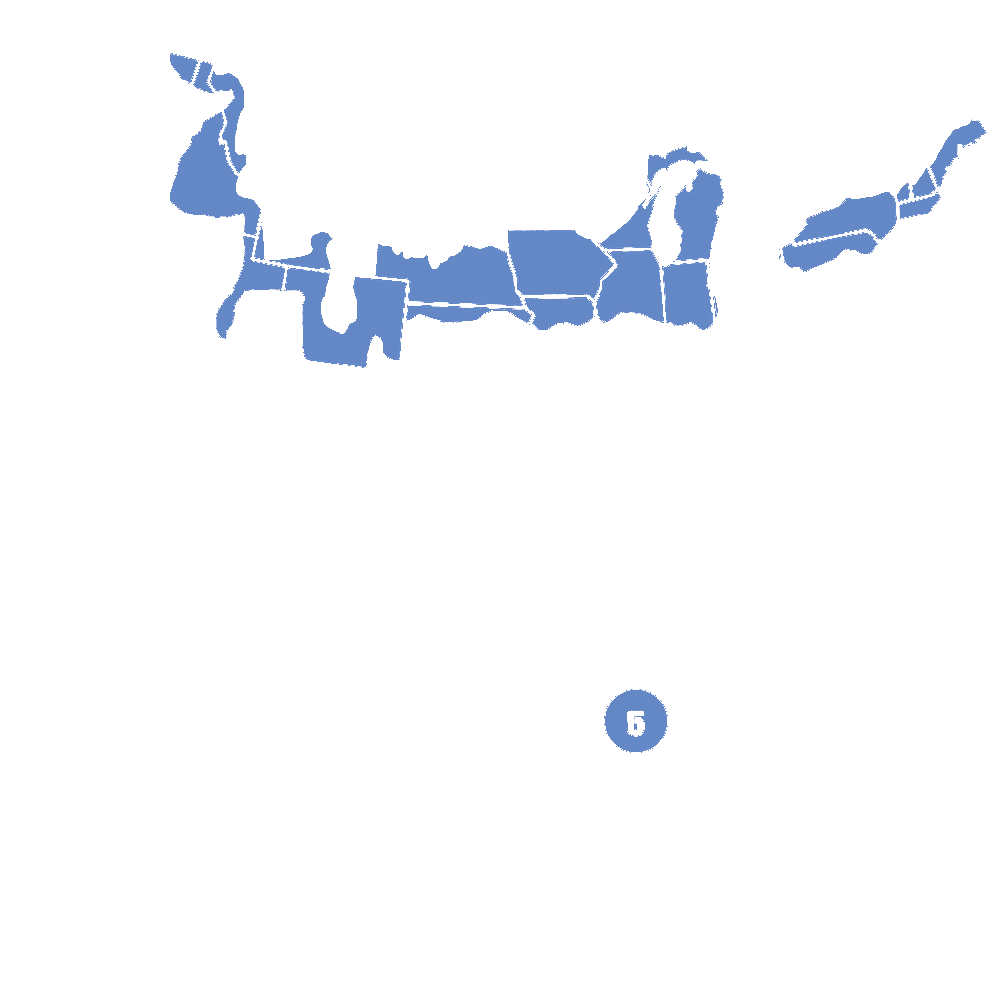
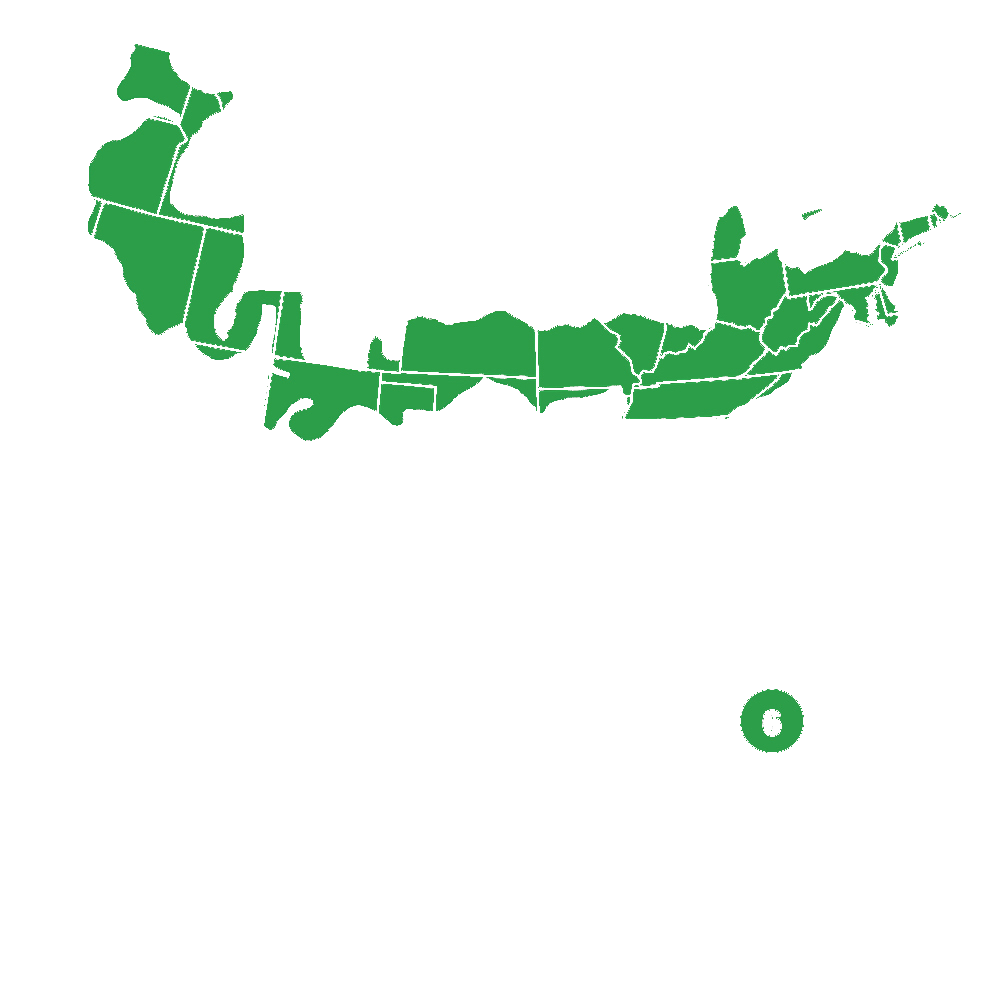
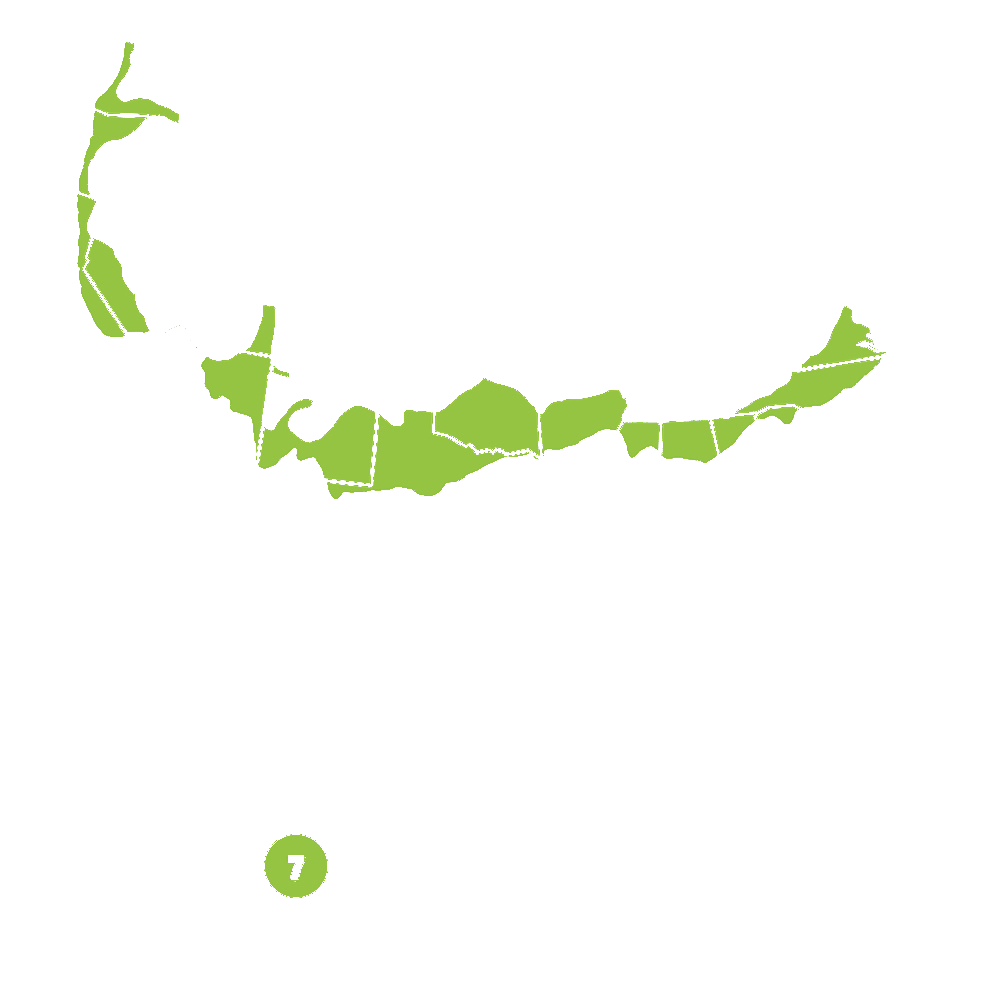
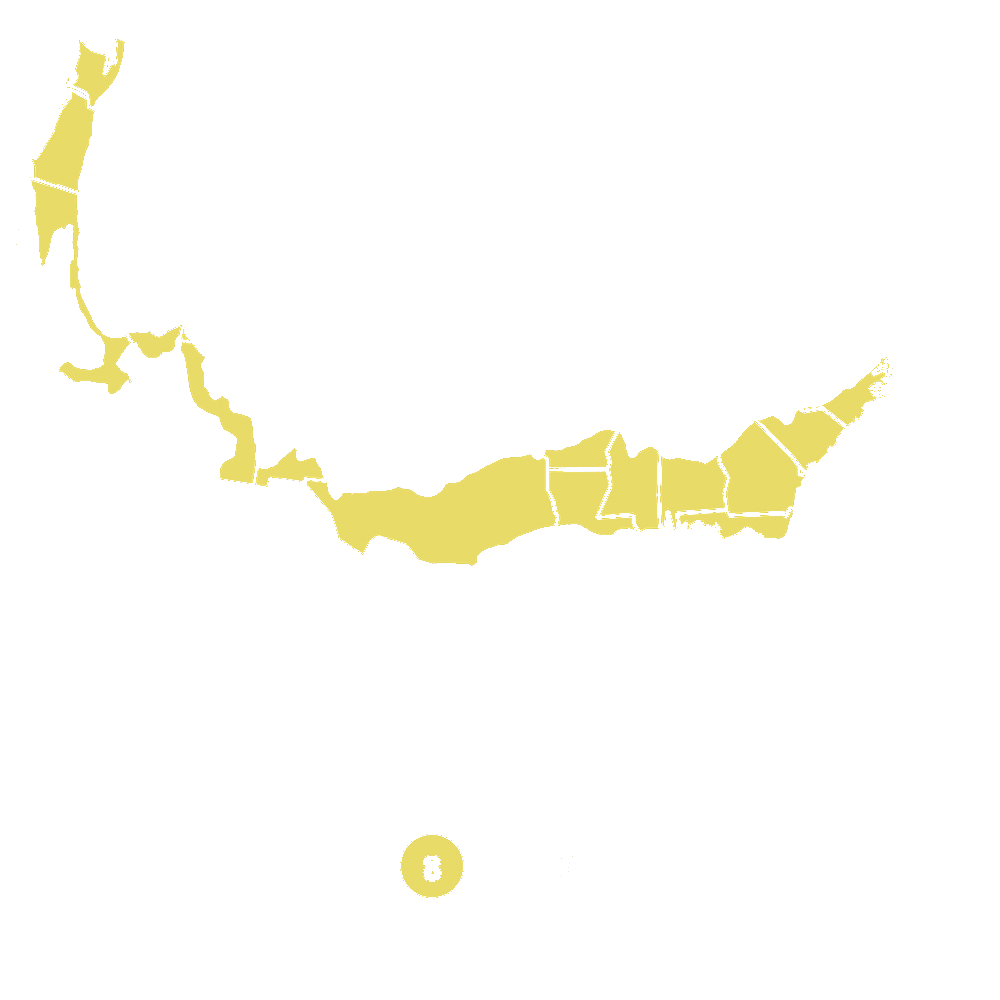
Pollination Info
Japanese Spurge (Pachysandra terminalis) Pollination Info:
Japanese Spurge (Pachysandra terminalis) is a shade-loving perennial plant that produces small white flowers in late spring to early summer. The flowers are pollinated by bees, butterflies, and other flying insects attracted to their nectar. These pollinators help transfer pollen from the male parts of the flower to the female parts, leading to seed production.
Pachysandra terminalis is also capable of self-pollination, where pollen from the same plant can fertilize its own flowers. However, cross-pollination by insects often results in healthier and more genetically diverse offspring.
It is important to protect pollinators and their habitats to ensure successful pollination and seed production in Japanese Spurge and other plants.
FAQ
Japanese Spurge (Pachysandra terminalis) FAQ
What is Japanese Spurge?
Japanese Spurge is a low-growing, evergreen ground cover plant that belongs to the Boxwood family. It is known for its glossy green leaves and white flowers that bloom in spring.
How do I plant Japanese Spurge?
Japanese Spurge prefers well-drained soil and partial to full shade. Plant them about 6-12 inches apart to allow for spreading. Water regularly until the plants are established.
How do I care for Japanese Spurge?
Japanese Spurge requires little maintenance once established. Keep the soil evenly moist and mulch around the plants to retain moisture. Trim back any overgrown or damaged foliage in early spring.
When do Japanese Spurge bloom?
Japanese Spurge typically blooms in late spring to early summer. The small white flowers are borne in spikes and attract pollinators like bees and butterflies.
Is Japanese Spurge invasive?
Japanese Spurge can be invasive in some regions, spreading aggressively through rhizomes. To prevent overgrowth, consider planting in contained areas or using barriers to control its spread.
Can Japanese Spurge tolerate sun?
Japanese Spurge prefers partial to full shade and can tolerate some morning sun. However, prolonged exposure to direct sunlight may cause the leaves to scorch and wilt.
Is Japanese Spurge deer-resistant?
Japanese Spurge is considered deer-resistant due to its toxic properties that deter grazing animals. However, it's not completely immune to deer damage in times of extreme hunger.
Planting & Care
Planting & Care for Japanese Spurge (Pachysandra terminalis)
Planting:
- Choose a shady or partially shady location with well-draining soil. - Dig a hole that is twice as wide and the same depth as the root ball. - Gently remove the plant from its container and loosen the roots. - Place the plant in the hole and backfill with soil, gently firming it around the plant. - Water thoroughly after planting.Care:
- Water regularly, especially during dry periods. Japanese Spurge prefers moist soil. - Mulch around the base of the plant to help retain moisture and suppress weeds. - Fertilize in the spring with a balanced, slow-release fertilizer. - Prune back after flowering to encourage new growth. - Keep an eye out for any pests or diseases and treat as needed.Propagation:
- Japanese Spurge can be propagated by division in the spring. - Dig up the plant and carefully separate the roots into smaller sections, making sure each section has roots and shoots. - Replant the divisions in a new location or share with friends.Additional Tips:
- Consider planting Japanese Spurge as a groundcover or in shaded areas where other plants struggle to grow. - Regularly monitor the plant for any signs of stress or disease. - Enjoy the attractive green foliage and small white flowers that Japanese Spurge produces.Check Out These Verified Customer Reviews:
Customer Reviews
4.5 out of 5 based on 11 reviews
Thank you! Your review has been submitted.
Healthy plants received
Smooth online shopping experience. Prompt delivery and well-packaged plant.
Easy website navigation
Item has been added to your cart.

